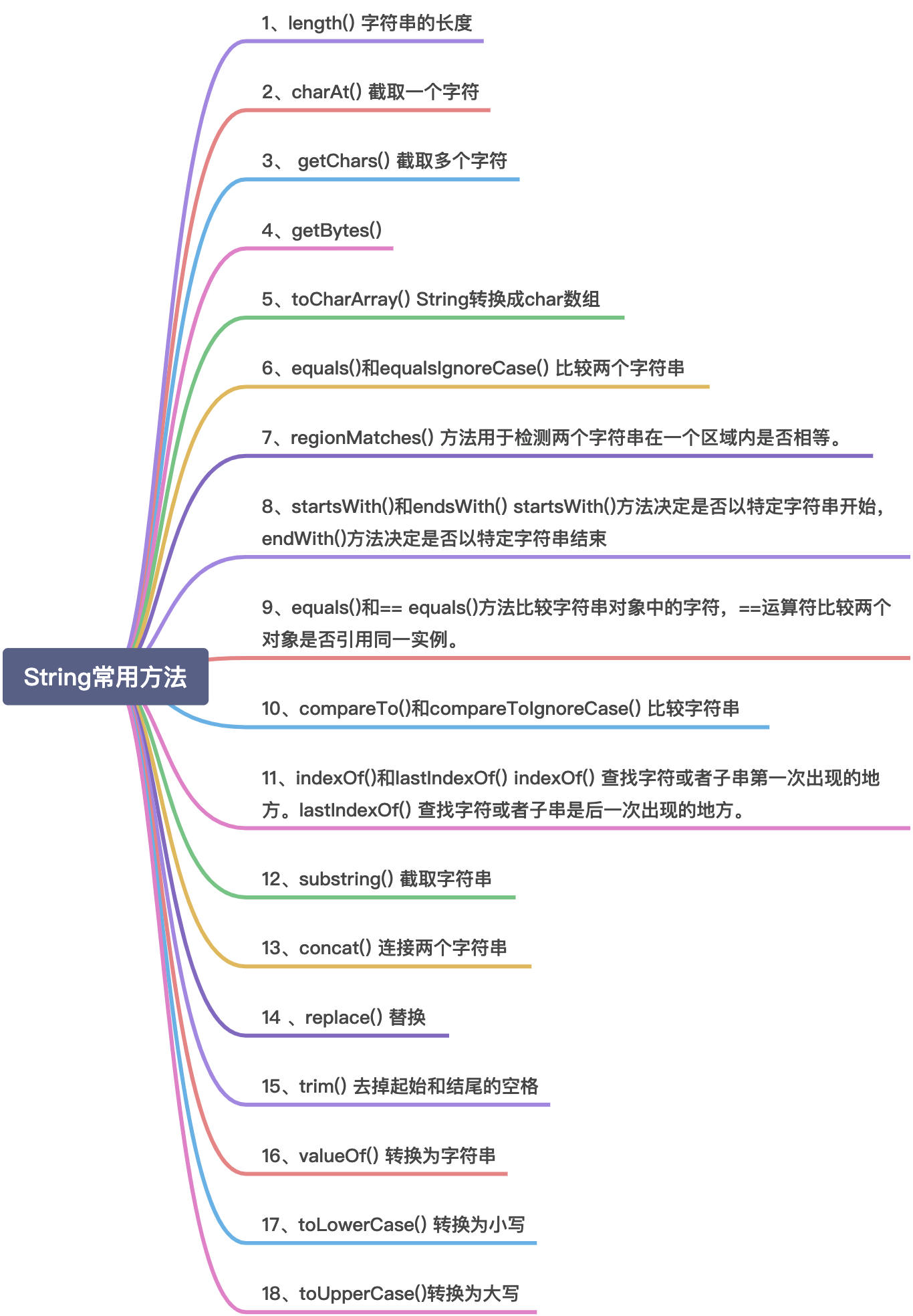

例:
char chars[]={'a','b'.'c'};
String s=new String(chars);
int len=s.length();
例:
char ch;
ch="abc".charAt(1);
返回'b'
void getChars(int sourceStart,int sourceEnd,char target[],int targetStart)
sourceStart 指定了子串开始字符的下标,sourceEnd 指定了子串结束后的下一个字符的下标。因此, 子串包含从sourceStart 到 sourceEnd-1 的字符。接收字符的数组由 target 指定,target 中开始复制子串的下标值是t argetStart。 例:
String s="this is a demo of the getChars method.";
char buf[]=new char[20];
s.getChars(10,14,buf,0);
替代 getChars() 的一种方法是将字符存储在字节数组中,该方法即 getBytes()。
String 转换成 char 数组